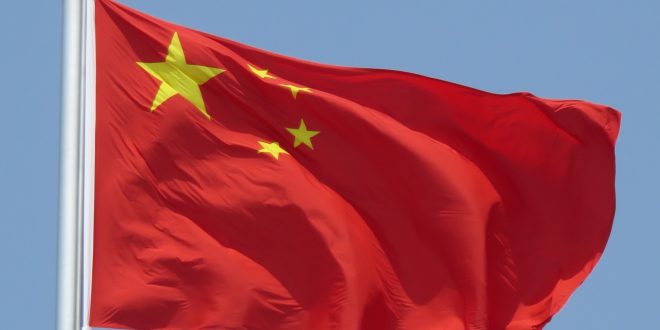China’s top economic planner announced a target on Wednesday (Mar 23) to produce up to 200,000 tonnes per year of green hydrogen, a zero-carbon fuel generated from renewable energy sources, by 2025, but envisions a more widespread industry over the long term.
The country aims to produce 100,000 tonnes to 200,000 tonnes of green hydrogen a year and have about 50,000 hydrogen-fuelled vehicles by 2025, the National Development and Reform Commission (NDRC) said in a statement.
China, the world’s largest emitter of greenhouse gases, has been striving to balance energy security and achieve its climate change goals, and is focusing on hydrogen to reduce carbon emissions from its transportation and industrial sectors.
Green hydrogen is gas produced from breaking down water in electrolysis using renewable energy sources, reducing the amount of carbon emissions released during the process compared to hydrogen created from natural gas or coal.
“Development of hydrogen is an important move for energy transition and a great support for China’s carbon peak and carbon neutrality goals,” said Wang Xiang, the deputy director of the High Technology Department at the NDRC, at a press briefing.
China currently produces 33 million tonnes of hydrogen a year, with about 80 per cent of hydrogen coming from coal and natural gas, and the rest mainly a by-product from industrial sectors, according to the government.
Data from the China Hydrogen Alliance, an industrial association, shows the country produced 500,000 tonnes of hydrogen from water electrolysis in 2019.
Wang said that even though most of China’s hydrogen is produced from fossil fuels, the potential of green hydrogen is huge since the country has the world’s largest renewable power capacity.
The NDRC statement said that China aims to establish a complete hydrogen industry covering transportation, energy storage and industrial sectors, and “significantly improve” the portion of green hydrogen in China’s energy consumption by 2035.
The China Hydrogen Alliance has estimated China’s hydrogen demand will reach 35 million tonnes per year by 2030, from 20 million tonnes now, and reach 60 million tonnes by 2050.
Hydrogen can be used in fuel cells and in internal combustion engines.
High production costs are one of the major obstacles impeding hydrogen development. Analysts estimate that hydrogen prices would need to halve in order to compete with gasoline and diesel.
The NDRC called for a rational layout of hydrogen projects based on resources and market demand to avoid disorderly competition.
“Local government will be strictly forbidden to blindly follow the trend of hydrogen project construction and will be prevented from building low-end projects in order to avoid the waste of resources,” said Wang.
Almost all provinces and regions in China have included hydrogen into their development plans.
Some major Chinese companies in the energy, auto and metallurgy sectors, such as Sinopec, Baosteel and GCL, have also expanded their businesses to include hydrogen production, using natural gas and renewable energy, building hydrogen filling stations and using hydrogen in steelmaking and transportation.

Located on the north side of Tiananmen Square, the national flag of the People's Republic of China is famously unfurled and hoisted during a daily morning ceremony at sunrise. It is located to the south of the Tian'an Men, or Gate of Heavenly Peace. It is one of the most celebrated flags on Earth.
 Iran Energy News Oil, Gas, Petrochemical and Energy Field Specialized Channel
Iran Energy News Oil, Gas, Petrochemical and Energy Field Specialized Channel



